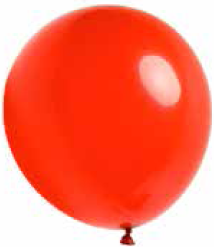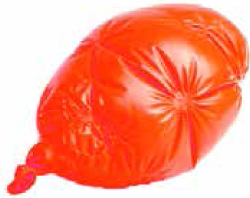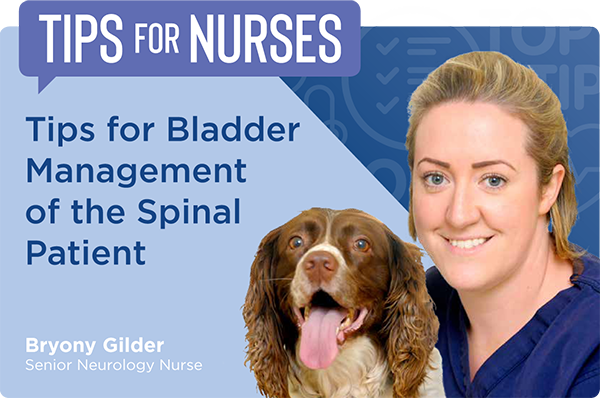 Which patients require bladder management?
Which patients require bladder management?
Patients with lesions of the spinal cord can mean that they are not able to pass urine and therefore require monitoring and where appropriate, intervention to prevent irreversible damage to the bladder and urinary tract infections (UTI).
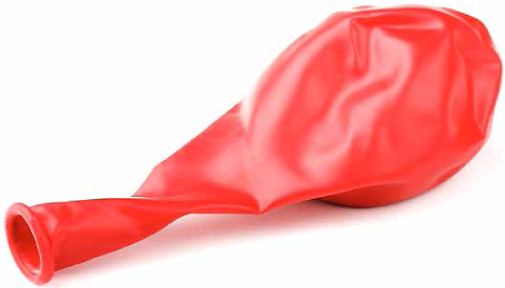
Why do these patients require bladder management?
Think of a bladder like a balloon. It is filled with urine via the ureters and as it fills, the bladder wall stretches to accommodate the urine. If it becomes too full and is unable to empty, the bladder wall is overstretched and can cause irreversible damage. It is also the ideal environment for bacteria to thrive, and so if the bladder is not completely emptied after voiding and if there is disruption to the usual barrier into the bladder through changes in the tone of the urethra, then there is a risk of the patient developing a UTI.
There are two types of bladder dysfunction that we can encounter when nursing spinal patients:
|
Upper motor neuron (UMN) bladder This type of bladder is often seen in patients with a C1-L3 myelopathy and the bladder is large, hard and difficult to express. |
Lower motor neuron (LMN) bladder This type of bladder is often seen in patients with a L4-S3 myelopathy and the bladder is floppy and easily expressed (although it can be difficult to palpate the bladder due to loss of tone), especially when pressure is applied to the abdomen. |
The goals of bladder management are to:
- Prevent overstretching of the bladder wall
- Aim to empty the bladder as much as possible each time
- Protect the patient’s skin from urine scald
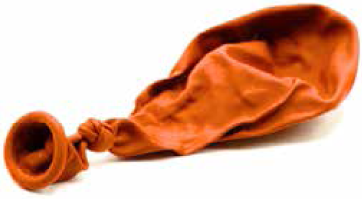
How do we assess the size of a patient’s bladder?
It is best to assume that spinal patients are unable to urinate until proven otherwise, especially if they have no or little limb/tail movement. As well as this, these patients are often cage-rested, especially after surgical intervention and so monitoring bladder size and if any urine is passed is very important.
There are a number of ways that a patient’s bladder size can be evaluated and these includes:
Palpation
Palpation involves evaluating the size and tension of the bladder through the abdominal wall and can give a good idea of the fullness as the bladder will become harder the fuller it becomes. However, in larger or obese patients it can be difficult to palpate the bladder.
Abdominal ultrasound
Ultrasound can be a useful modality as it enables a volume to be established and whether intervention is required. It also allows us to establish the quality of voiding once a patient starts to voluntary urinate.
How often should a patient’s bladder be assessed?
Patients should receive bladder checks every 6 hours as well as regular bed checks and the opportunity to go outside and urinate when appropriate. Some patients may require more regular assessment, especially if they are receiving intravenous fluid therapy or have a LMN bladder. Patients that are hospitalised longer term often develop a routine, but it is important to remember that every patient is different.
Any passing of urine in the bed should be recorded on the patient’s hospital sheets so that it can be assessed whether the patient’s bladder is leaking or the patient is consciously passing urine. Often it is the role of the Patient Care Assistants and so it’s important for them to also have a good understanding of bladder management as well as maintain good communication between the teams.
What is involved with bladder intervention?
Where short-term intervention is required to empty the bladder, the options include manual expression, intermittent catheterisation and placing an indwelling urinary catheter.
Manual expression is achieved by palpating the bladder and applying gentle pressure until urine is passed. Pressure often needs to be continuously applied in order to empty the bladder as effectively as possible. This is a useful and non-invasive method of emptying a patient’s bladder and is often tolerated well. However, in patients that are aggressive, overweight, large or have an UMN bladder it can be difficult.
Intermittent catheterisation involves placing the urinary catheter, emptying the contents of the bladder and then removing the catheter. This may need to be repeated at regular intervals if the patient is not able to urinate or be expressed. It is a good technique to completely empty the bladder and it also allows for a measurement of volume to be obtained. However, the technique required to catheterise a bitch compared to a dog is complex and the continued introduction of the urinary catheter can increase the chance of a break in sterility and therefore a UTI developing and also the risk of trauma.
Indwelling urinary catheters are useful for patients that are paraplegic or known to be difficult to manage in the hospital environment. It involves the placement of a urinary catheter and this is either connected to a closed collection system which allows the urine to continuously drain from the bladder or bunged and drained manually at regular intervals. Again, the placement of the urinary catheter is more complex in a bitch and the longer the urinary catheter is left in these patients, the higher the risk of developing a UTI.
When should we intervene with a patient’s bladder?
For patients with an UMN bladder, if you palpate it and find that it is large and firm it is likely that it needs emptying. The patient should be given the opportunity to go outside, sniff around and urinate. If urine is not passed, the bladder should then be scanned using ultrasound in order to establish a volume. Manual expression, or where required, intermittent catheterisation should be carried out, depending on the plan that the lead clinician has put in place once the bladder exceeds 10ml/kg in volume. For example, a patient weighting 10kg would receive intervention once the bladder volume reached 100ml. If the patient does urinate, either outside or in their bed, the bladder should be scanned to assess how well it has been emptied.
Patients with a LMN bladder are often hard to palpate and therefore often require more frequent intervention in order to stop leaking and subsequent soiling of the skin. Again, the patients should when possible be given the opportunity to urinate outside. If no urine is passed, ultrasound would be a more effective way of assessing bladder size. As previously mentioned, these patients are often easy to express and ultrasound is a good tool to establish if the bladder has been fully emptied.
Intermittent catheterisation involves placing the urinary catheter, emptying the contents of the bladder and then removing the catheter. This may need to be repeated at regular intervals if the patient is not able to urinate or be expressed. It is a good technique to completely empty the bladder and it also allows for a measurement of volume to be obtained. However, the technique required to catheterise a bitch compared to a dog is complex and the continued introduction of the urinary catheter can increase the chance of a break in sterility and therefore a UTI developing and also the risk of trauma.
Any patients who have an indwelling urinary catheter should have the collection bag emptied, or receive manual emptying every 4-6 hours. Patients should wear buster collars to prevent interference and the catheter regularly checked for correct placement and kinking, especially in cats. The colour, turbidity and volume of the urine should be recorded.
You can also measure the ml/kg/hr of urine that the patient is producing using the following calculation:
Volume urine (ml) / time urine produced over (hr) / patient weight (kg)
If the volume being produced lowers despite no change in the amount of fluid that the patient is receiving, the urinary catheter should be flushed with sterile saline to ensure that it has not become blocked. Any changes in colour or smell should be recorded and where appropriate a sample taken for urinalysis and culture.
Nursing these patients can be highly rewarding, especially if you have a good understanding of their requirements and as you notice progress in their condition, enjoy!


